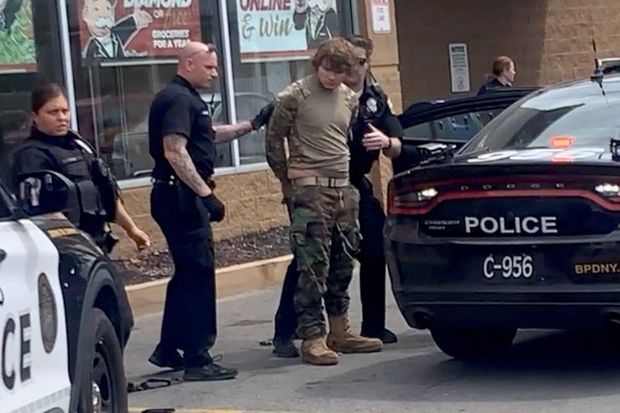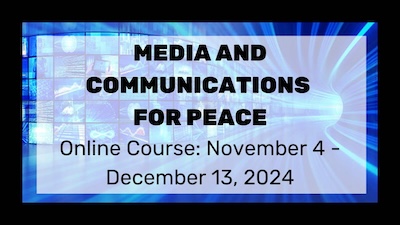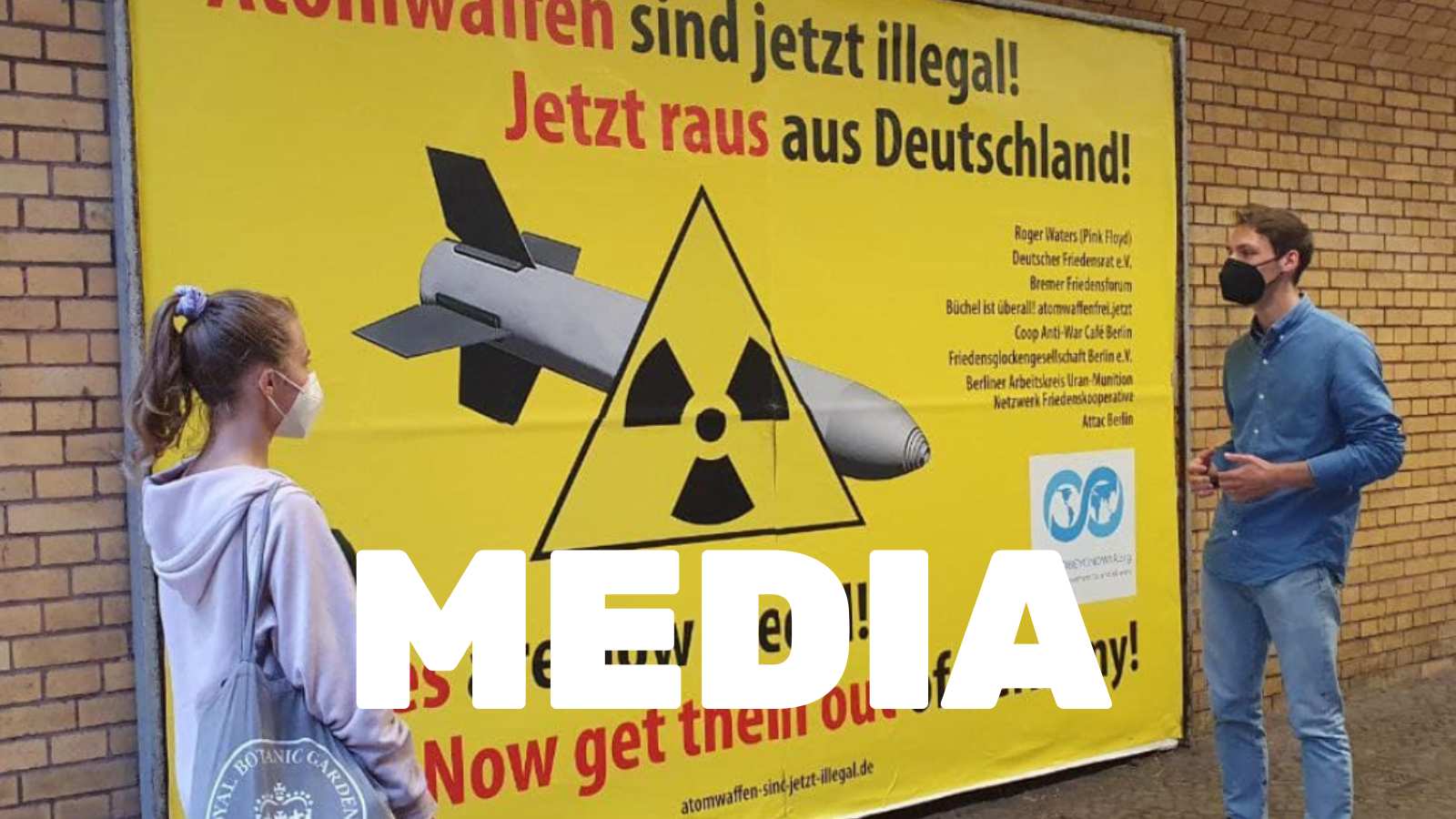
By David Swanson, World BEYOND War, June 14, 2023
A new report from the University of Maryland, somewhat misleadingly reported on here, draws on a database of 3,023 “radicalized offenders” or committers of “extremist crimes.” The database, specifically “contains deidentified individual-level information on the backgrounds, attributes, and radicalization processes of over 3,200 violent and non-violent extremists who adhere to far-right, far-left, Islamist, or single-issue ideologies in the United States covering 1948-2021.”
I take this database to be of no value in determining what percentage of mass shooters, for example, hold any “extremist” ideology, because every single person in the database does hold at least one. But it can tell us, for example, that of those who hold any such ideology and have plotted “mass casualties” — that is, plotted to kill four or more people — a small number have been “far left,” three times that many have been “Islamist,” and almost twice that many have been “far right.”
We also learn that from 1990 to 2022 some 25% of those who plotted mass-casualty crimes in the United States (outside of wars, of course) were past or current members of the U.S. military. The producers of the report note that this is “more than three times that of military service in the general adult population, which is estimated at 8 percent.”
That figure (25%) is lower than the figure of 32% — and earlier 36% — that I have derived from a different database. One reason is that I’ve looked only at males aged 18 to 59, since that covers most mass shooters and allows a less dramatic comparison to 14.76% of the general population of that sex and age who have been in the military. I’ve also looked only at those who killed four or more people, not those who only plotted doing so. But whether a military background is over twice as common, or over three times as common, or exactly four times as common in mass killers as in the general population, the difference is significant, and almost certainly not a mere correlation. We are talking, after all, about training in mass killing being a factor in mass killing. It would be very difficult to find a stronger example of a likely causal factor.
The report mentioned above is the first on this topic in any U.S. media outlet in many years. It’s found in Task & Purpose. It begins: “Military service ‘is the single strongest individual-level predictor’ if someone will carry out or plan to carry out a mass casualty event, researchers have found.” I’m pretty sure this is a misleading claim. What the University of Maryland report claims is that of the people in the database of extremist criminals, military so-called service is the single strongest individual-level predictor of whether someone plotted to kill at least four people. I can’t know what this tells me about the general population without knowing how many people commit mass murder without an “extremist ideology” and how many of them have been in the military. It’s possible that holding a far right ideology is a stronger predictor than a military background. It’s almost certain that being male is a stronger predictor than a military background.
But what we do know — what is not misleading — is that among the people in the database, it matters less whether they’ve had mental health issues, whether they’ve been a member of an isolated clique, whether they are a lone offender, whether they have a criminal history prior to “radicalization,” what their age is, whether they are married, whether they have kids, whether they have advanced education, whether they have stable employment, or whether they have a history of substance abuse. It matters more — in determining the likelihood that they are a plotter of a mass casualty crime rather than some lesser crime — whether they have been in the U.S. military.
But here’s the really interesting part, the report‘s recommendations:
“As our previous research on the link between extremism and the U.S. military shows, service members and veterans are not more likely to radicalize to the point of violence than members of the general population. However, this research brief illustrates that when service members and veterans do radicalize, they are more likely to plan for, or commit, mass casualty crimes, thus having an outsized impact on public safety.”
In other words, veterans and members of the U.S. military are more likely to be mass shooters, not because they are more likely to adopt an “extremist ideology” — the whole point of the database — but for some other reason. I’m guessing it’s having been trained and conditioned to engage in mass shooting, and having been praised for it. In any case, the recommendation one would expect to follow the above sentences would be to keep people out of the military. Keeping people out of “far right” groups, and maybe some other groups too, might be helpful as well, but those are not conclusions that come out of this report. Much less would one expect the report to recommend merely keeping extremists out of the military or military members out of extremism, since we’ve seen no evidence for the relevance of that, and it’s pointlessly narrow anyway. But, wouldn’t you know it, this is what comes next:
“These types of crimes are more likely to draw significant attention, negatively impacting the public’s trust in the military, while also harming the reputation of veterans and making it harder for the DoD to maintain a cohesive force and recruit the next generation of service members. Based on this research, START and We the Veterans recommend that DoD work in concert with elected representatives, the Department of Veterans Affairs (VA), Veteran Service Organizations (VSOs), and community partners to implement a public health informed strategy to address extremism in the ranks.”
Not only is the recommendation to keep members of the military out of extremism, but its “task and purpose” is public relations for the military, not the priorities of public safety. Clearly this recommendation is not data driven, but a result of an utter inability to draw the obvious conclusion, namely that people should be kept out of the military. Not only is the public relations justification shameful, but it’s also pointless, as the same impact can be had — and is being had — by media outlets simply ignoring such information altogether. Why worry that mass shooters being disproportionately veterans makes the military look bad if I and the University of Maryland and Task & Purpose are the only three entities to have ever mentioned it out loud?
Needless to say, statistically, virtually all veterans are not mass shooters. But that can hardly be the reason for not a single news article ever mentioning that mass shooters are over twice (or three times) as likely to be veterans as the general population. After all, statistically, virtually all males, mentally ill people, domestic abusers, Nazi-sympathizers, loners, and gun-purchasers are also not mass-shooters. Yet articles on those topics proliferate like NRA campaign bribes.
There seem to me to be two key reasons that a sane communications system would not censor this topic. First, our public dollars and elected officials are training and conditioning huge numbers of people to kill, sending them abroad to kill, thanking them for the “service,” praising and rewarding them for killing, and then some of them are killing where it is not acceptable. This is not a chance correlation, but a factor with a clear connection.
Second, by devoting so much of our government to organized killing, and even allowing the military to train in schools, and to develop video games and Hollywood movies, we’ve created a culture in which people imagine that militarism is praiseworthy, that violence solves problems, and that revenge is one of the highest values. Virtually every mass shooter has used military weaponry. Most of those whose dress we are aware of dressed as if in the military. Those who’ve left behind writings that have been made public have tended to write as if they were taking part in a war. So, while it might surprise many people to find out how many mass shooters are veterans of the military, it might be hard to find mass shooters (actual veterans or not) who did not themselves think they were soldiers.
We’ve developed a culture dedicated to praising and glorifying participation in war. It need not even be a conscious decision, but a journalist convinced that militarism is laudable would assume it was irrelevant to a report on a mass shooter and, in addition, assume that it was distasteful to mention that the man was a veteran. That sort of widespread self-censorship is the only possible explanation for the whiting out of this story.
The phenomenon of shutting down this story does not exactly require a “motive,” and I would like to recommend to reporters on mass shootings that they, too, devote a bit less energy to the often meaningless hunt for “a motive,” and a tad more to considering whether the fact that a shooter lived and breathed in an institution dedicated to mass shooting might be relevant.









One Response
Very interesting, not something I had really thought about before. Kate T., England.